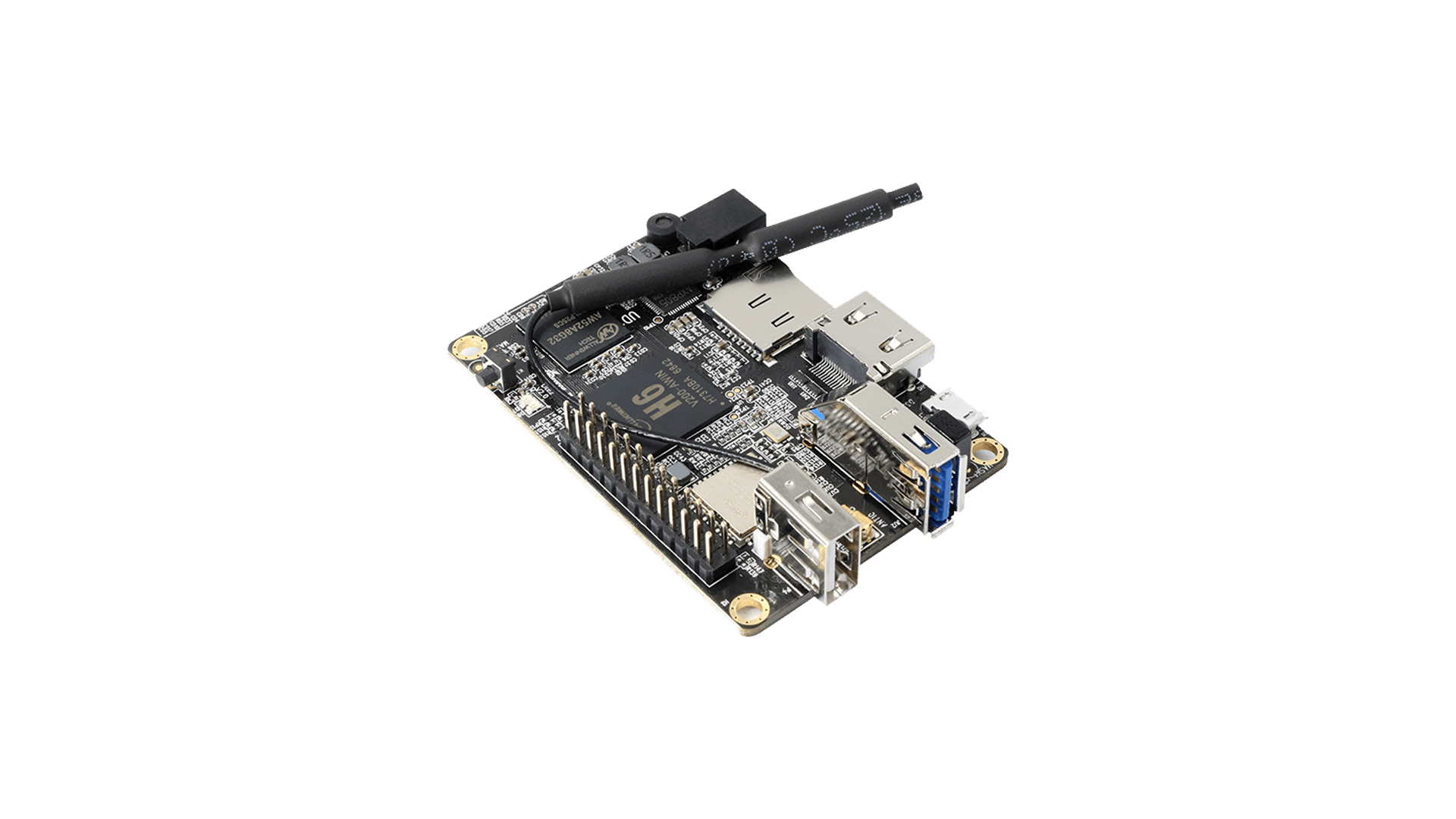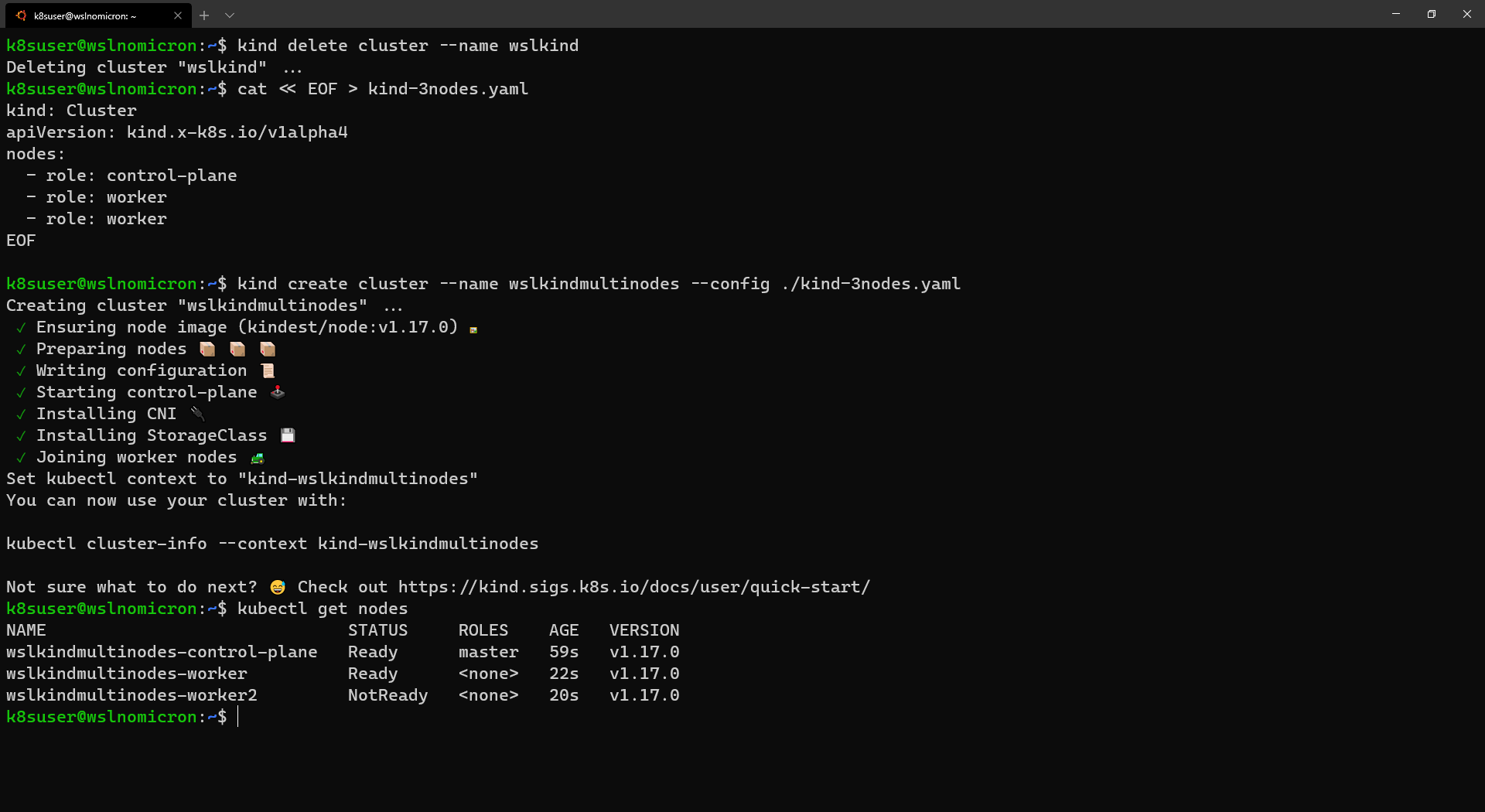Today we are delighted to introduce the new Minimal Ubuntu, optimized for automated use at scale, with a tiny package set and minimal security cross-section. Speed, performance and stability are primary concerns for cloud developers and ops.
“The small footprint of Minimal Ubuntu, when deployed with fast VM provisioning from GCE, helps deliver drastically improved boot times, making them a great choice for developers looking to build their applications on Google Cloud Platform,” said Paul Nash, Group Product Manager, Google Cloud.”
Smaller and faster, for automated cloud operations
The Docker Desktop installation includes Docker Engine, Docker CLI client, Docker Compose, Notary, Kubernetes, and Credential Helper. Install and run Docker Desktop on Mac Double-click Docker.dmg to open the installer, then drag the Docker icon to the Applications folder. The Docker daemon created a new container from that image which runs the executable that produces the output you are currently reading. The Docker daemon streamed that output to the Docker client, which sent it to your terminal. To try something more ambitious, you can run an Ubuntu container with: $ docker run -it ubuntu bash.
- @minaee docker flags should be put before the image name, otherwise they're passed to the container as arguments for the container's main process: docker run options image name arguments for container's process So in your case.
- The Docker Desktop installation includes Docker Engine, Docker CLI client, Docker Compose, Notary, Kubernetes, and Credential Helper. Install and run Docker Desktop on Mac Double-click Docker.dmg to open the installer, then drag the Docker icon to the Applications folder.
- A minimal Ubuntu base image modified for Docker-friendliness. Baseimage-docker only consumes 8.3 MB RAM and is much more powerful than Busybox or Alpine. Baseimage-docker is a special Docker image that is configured for correct use within Docker containers. It is Ubuntu, plus: Modifications for Docker-friendliness.
Minimal Ubuntu is the smallest Ubuntu base image for your cloud operations. These images are less than 50% the size of the standard Ubuntu server image, and boot up to 40% faster. Images of Minimal Ubuntu 16.04 LTS and 18.04 LTS are available for use now in Amazon EC2, Google Compute Engine (GCE), LXD and KVM/OpenStack.
Tiny container base image
The 29MB Docker image for Minimal Ubuntu 18.04 LTS serves as a highly efficient container starting point, and allows developers to deploy multicloud containerized applications faster. For modern Docker workflows with Kubernetes, the minimal Ubuntu image provides a balance of compatibility, familiarity, performance and size. This is the standard Ubuntu 18.04 LTS image on the Docker Hub.
Cloud images also contain the optimised kernel for each cloud and supporting boot utilities.
Fully compatible with all Ubuntu packages
While the footprint of Minimal Ubuntu is greatly reduced, it preserves full compatibility with standard Ubuntu operations. Any Ubuntu package can be installed on Minimal Ubuntu. Get exactly the image you need by simply adding your required packages, with dependencies, to a Minimal Ubuntu base image.
Minimal Ubuntu is designed for completely automated operations, with none of the usual human-friendly utilities for comfortable interactive usage. Editors, documentation, locales and other user-oriented features of Ubuntu Server have been removed. What remains are only the vital components of the boot sequence. Images still contain ssh, apt and snapd so you can connect and install any package you’re missing. The unminimize tool lets you ‘rehydrate’ your image into a familiar Ubuntu server package set, suitable for command line interaction.
Optimized for cloud hypervisors
Minimal Ubuntu uses the optimized kernels on Amazon Web Services and Google Cloud. The downloadable Minimal Ubuntu image ships with a KVM-optimised kernel and tuned for boot speed and size.
Minimized security cross-section
With fewer installed packages, Minimal Ubuntu images will avoid some security vulnerabilities and require fewer updates over time. Use of Minimal Ubuntu will reduce overall bandwidth consumption for an institution and require less storage.
Download for private clouds, published on public clouds
Minimal Ubuntu images for private clouds are available for download at http://cloud-images.ubuntu.com/minimal/releases/
Minimal Ubuntu images are available on AWS and Google Cloud.
On AWS, see the listing of minimal images at US-WEST 2 minimal images
and on Google Cloud use the SDK CLI with:
Using Minimal Images from Dockerhub
On Dockerhub, the new Ubuntu 18.04 LTS image is now the new Minimal Ubuntu 18.04 image. Launching a Docker instance with docker run ubuntu:18.04 therefore launches a Docker instance with the latest Minimal Ubuntu.
Talk to us today
Interested in running Ubuntu in your organisation?
Newsletter signup
Docker Engine-Community 支持以下的 Ubuntu 版本:
- Xenial 16.04 (LTS)
- Bionic 18.04 (LTS)
- Cosmic 18.10
- Disco 19.04
- 其他更新的版本……
Docker-ce-cli Ubuntu 14.04
Docker Engine - Community 支持上 x86_64(或 amd64)armhf,arm64,s390x (IBM Z),和 ppc64le(IBM的Power)架构。
使用官方安装脚本自动安装
安装命令如下:

也可以使用国内 daocloud 一键安装命令:
手动安装
卸载旧版本
Docker 的旧版本被称为 docker,docker.io 或 docker-engine 。如果已安装,请卸载它们:
当前称为 Docker Engine-Community 软件包 docker-ce 。
安装 Docker Engine-Community,以下介绍两种方式。
使用 Docker 仓库进行安装
在新主机上首次安装 Docker Engine-Community 之前,需要设置 Docker 仓库。之后,您可以从仓库安装和更新 Docker 。
设置仓库
更新 apt 包索引。
安装 apt 依赖包,用于通过HTTPS来获取仓库:
apt-transport-https
ca-certificates
curl
gnupg-agent
software-properties-common
添加 Docker 的官方 GPG 密钥:

9DC8 5822 9FC7 DD38 854A E2D8 8D81 803C 0EBF CD88 通过搜索指纹的后8个字符,验证您现在是否拥有带有指纹的密钥。
pub rsa4096 2017-02-22[SCEA]
9DC8 5822 9FC7 DD38 854A E2D8 8D81 803C 0EBF CD88
uid [ unknown] Docker Release (CE deb)<docker@docker.com>
sub rsa4096 2017-02-22[S]

使用以下指令设置稳定版仓库
'deb [arch=amd64] https://mirrors.ustc.edu.cn/docker-ce/linux/ubuntu/
$(lsb_release -cs)
stable'
安装 Docker Engine-Community
更新 apt 包索引。
安装最新版本的 Docker Engine-Community 和 containerd ,或者转到下一步安装特定版本:
要安装特定版本的 Docker Engine-Community,请在仓库中列出可用版本,然后选择一种安装。列出您的仓库中可用的版本:
docker-ce |5:18.09.1~3-0~ubuntu-xenial | https://mirrors.ustc.edu.cn/docker-ce/linux/ubuntu xenial/stable amd64 Packages
docker-ce |5:18.09.0~3-0~ubuntu-xenial | https://mirrors.ustc.edu.cn/docker-ce/linux/ubuntu xenial/stable amd64 Packages
docker-ce | 18.06.1~ce~3-0~ubuntu | https://mirrors.ustc.edu.cn/docker-ce/linux/ubuntu xenial/stable amd64 Packages
docker-ce | 18.06.0~ce~3-0~ubuntu | https://mirrors.ustc.edu.cn/docker-ce/linux/ubuntu xenial/stable amd64 Packages
...
使用第二列中的版本字符串安装特定版本,例如 5:18.09.1~3-0~ubuntu-xenial。
测试 Docker 是否安装成功,输入以下指令,打印出以下信息则安装成功:
Docker Cli Ubuntu Linux
Unable to find image 'hello-world:latest' locally
latest: Pulling from library/hello-world
1b930d010525: Pull complete Digest: sha256:c3b4ada4687bbaa170745b3e4dd8ac3f194ca95b2d0518b417fb47e5879d9b5f
Status: Downloaded newer image for hello-world:latest
Hello from Docker!
This message shows that your installation appears to be working correctly.
To generate this message, Docker took the following steps:
1. The Docker client contacted the Docker daemon.
2. The Docker daemon pulled the 'hello-world' image from the Docker Hub.
(amd64)
3. The Docker daemon created a new container from that image which runs the
executable that produces the output you are currently reading.
4. The Docker daemon streamed that output to the Docker client, which sent it
to your terminal.
To try something more ambitious, you can run an Ubuntu container with:
$ docker run -it ubuntu bash
Share images, automate workflows, and more with a free Docker ID:
https://hub.docker.com/
For more examples and ideas, visit:
https://docs.docker.com/get-started/
使用 Shell 脚本进行安装

Docker 在 get.docker.com 和 test.docker.com 上提供了方便脚本,用于将快速安装 Docker Engine-Community 的边缘版本和测试版本。脚本的源代码在 docker-install 仓库中。 不建议在生产环境中使用这些脚本,在使用它们之前,您应该了解潜在的风险:
脚本需要运行 root 或具有 sudo 特权。因此,在运行脚本之前,应仔细检查和审核脚本。
这些脚本尝试检测 Linux 发行版和版本,并为您配置软件包管理系统。此外,脚本不允许您自定义任何安装参数。从 Docker 的角度或您自己组织的准则和标准的角度来看,这可能导致不支持的配置。
这些脚本将安装软件包管理器的所有依赖项和建议,而无需进行确认。这可能会安装大量软件包,具体取决于主机的当前配置。
该脚本未提供用于指定要安装哪个版本的 Docker 的选项,而是安装了在 edge 通道中发布的最新版本。
如果已使用其他机制将 Docker 安装在主机上,请不要使用便捷脚本。
本示例使用 get.docker.com 上的脚本在 Linux 上安装最新版本的Docker Engine-Community。要安装最新的测试版本,请改用 test.docker.com。在下面的每个命令,取代每次出现 get 用 test。
如果要使用 Docker 作为非 root 用户,则应考虑使用类似以下方式将用户添加到 docker 组:
Docker Aws Cli Ubuntu
